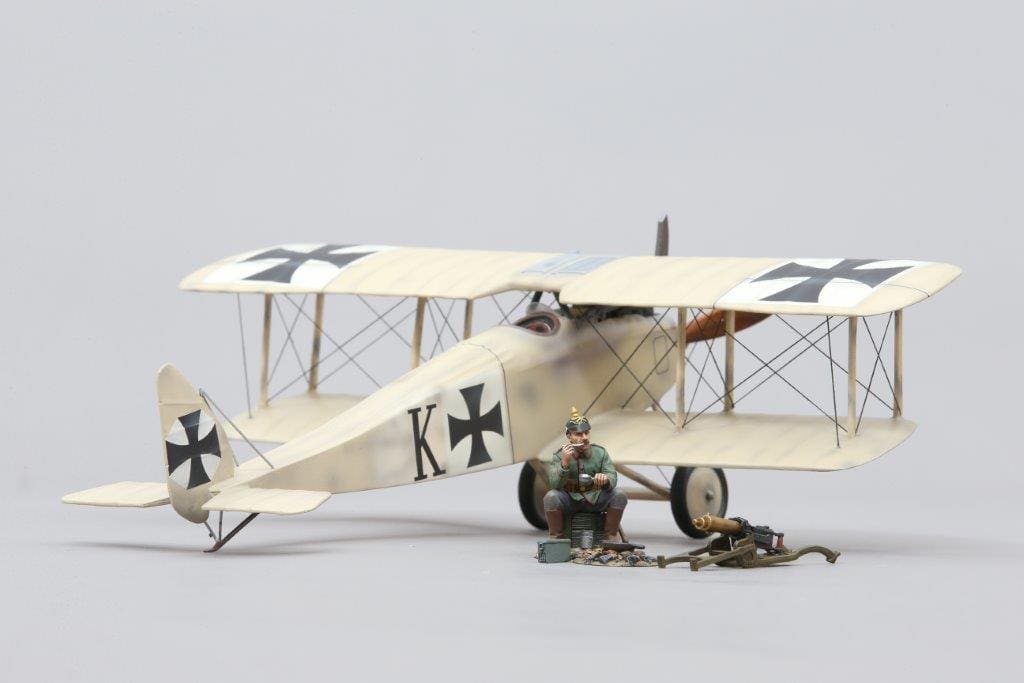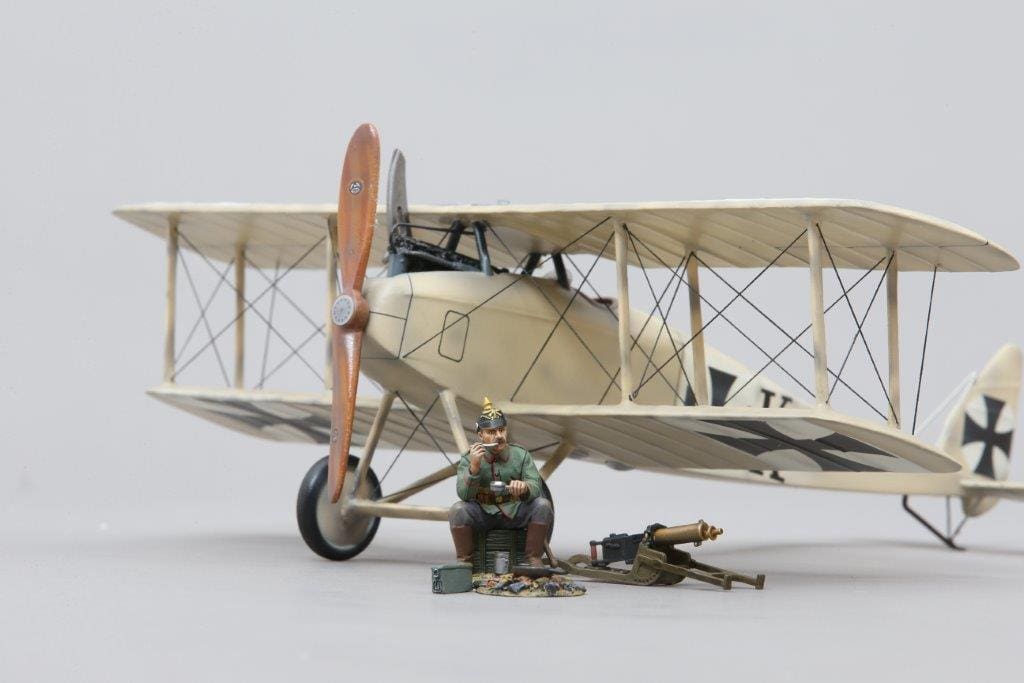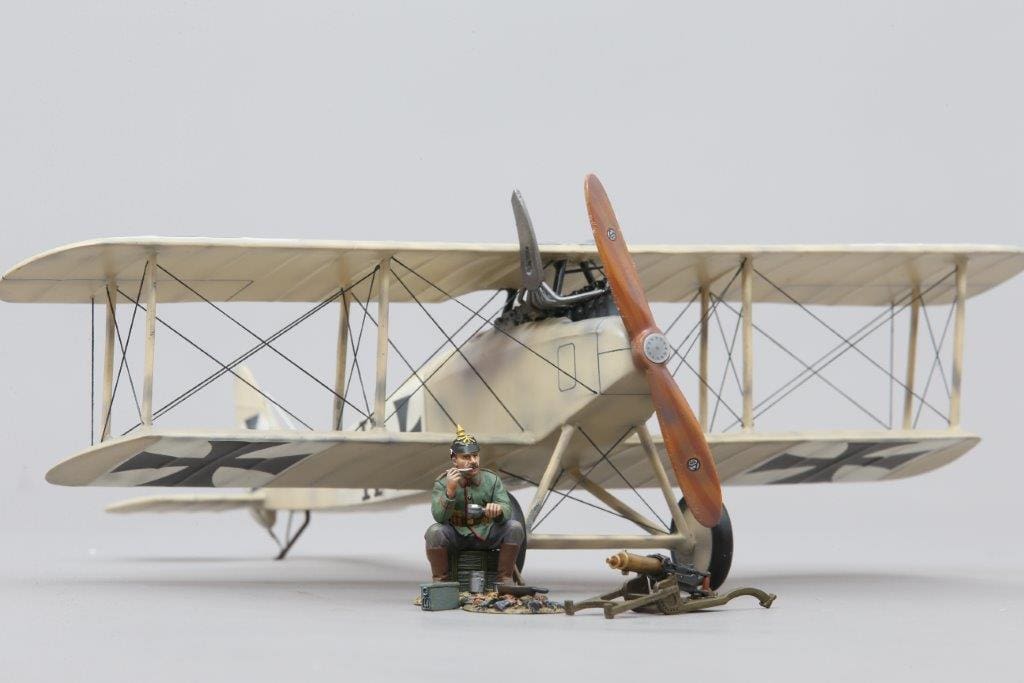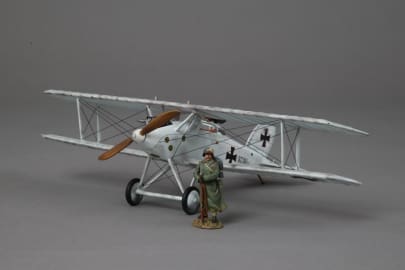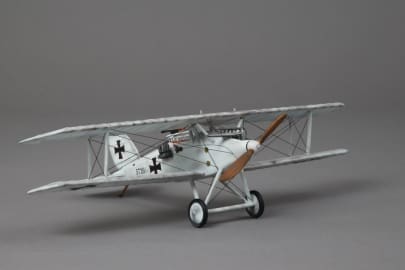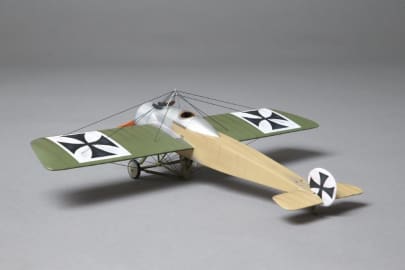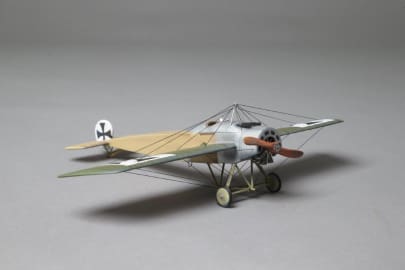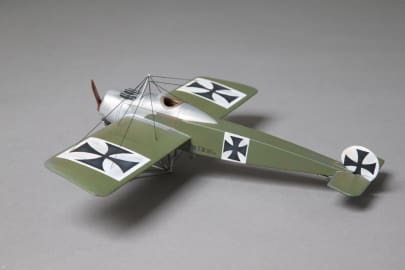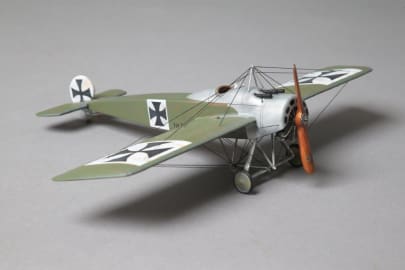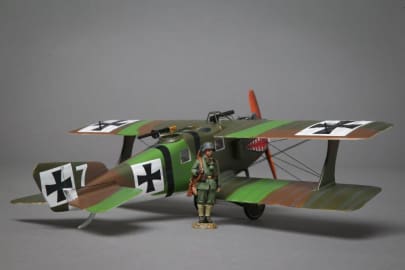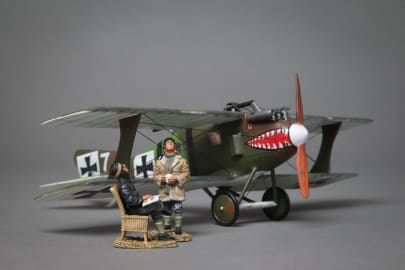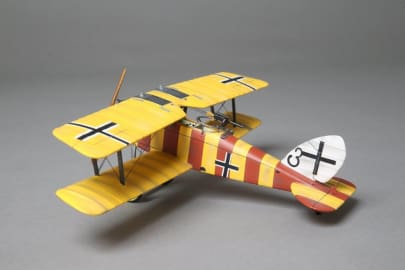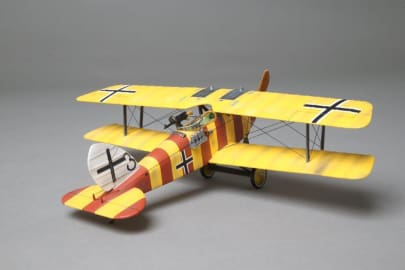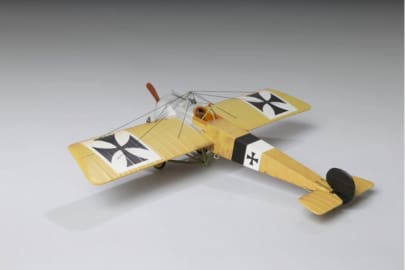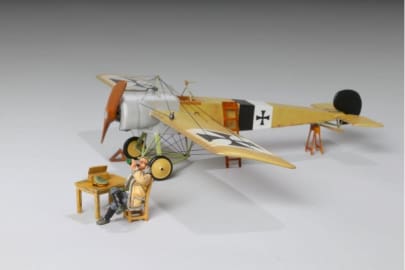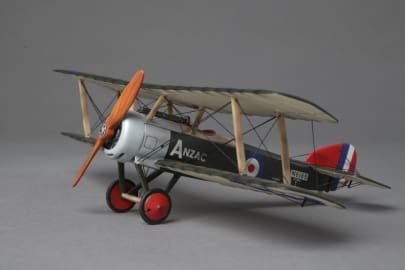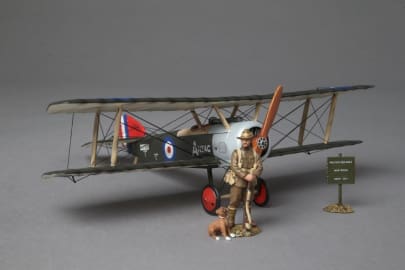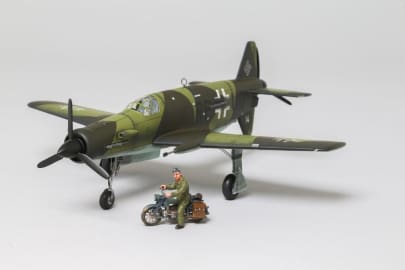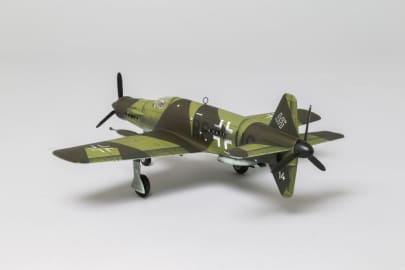- Free shipping available on orders over £100 (UK) £250 (EU) and $300 rest of the world
WOW183 Halberstadt D2 ‘Cream Variant’
Out of Stock
Description
Description
The Halberstadt D.ll/III was a biplane fighter aircraft developed and manufactured by German aircraft company Halberstädter Flugzeugwerke. It was adopted by the Luftstreitkräfte (Imperial German Army Air Service) and served through the period of Allied air superiority in early 1916. As the first biplane configuration fighter aircraft to serve in combat for the German Empire, it had begun to be superseded in the Jagdstaffeln and other early German fighter units by the superior Albatros fighters in the second half of the year, although small numbers of Halberstadt’s continued in use well into 1917 The D.II was the production version of the experimental D.I. Key differences between the D.I and D.II included a substantial effort to lighten the aircraft in order to improve its performance; the latter also featured staggered wings and the adoption of a more powerful 120 hp Mercedes D.II engine. The side and frontal radiators that had been tried in the D.I were replaced by a wing mounted radiator, similar to the arrangement that was later used by the Albatros D.III and D.V. In comparison with the D.I the pilot sat higher in his cockpit, to improve his view over the top wing. This required a dorsal turtleback fairing over the rear fuselage, to improve its lines. The two bay wings were very strongly braced, but the trailing edge was composed of a wooden member, as opposed to the wire or cable common on many of the First World War-era German single-engined aircraft. Photographic evidence indicates that many examples were rigged with washout on the lower wings – giving the impression of a curved or twisted lower wing trailing edge. In some photos even the upper wings have a similar sort of “trailing edge droop” on the fixed section inboard of the ailerons. Lateral control was by ailerons, but the Morane-style empennage (common not only to Morane’s, but also to the Fokker and Pfalz types of the period) was retained. The inevitable result was extreme fore-and-aft sensitivity and poor control harmonization. The D.II was nonetheless considered to be very manoeuvrable in skilled hands: in particular it could reputedly be dived safely at high speed. A single synchronised lMG 08 “Spandau” machine gun fired through the propeller arc was the aircrafts main armament. However some examples were fitted with air to air rockets and scored some notable successes against other aircraft whilst operating these rockets. If the only performance figures available for the type are accurate, the Halberstadt fighter’s speed and climb were little better than the Eindecker’s, but it earned the respect of Allied fighter pilots and was a preferred mount of the pilots of the early Jagdstaffeln, until the Albatros D.I became available. Halberstadt’s were actually retained, or even returned to service by some pilots during the early weeks of 1917, at a time when the structural difficulties with the Albatros D.III first surfaced. The Halberstadt’s were flown by several notable aces including Manfred Von Richoften and Oswald Boelcke and had a graceful appearance that is synonymous with German fighter aircraft of the period. WOW183 is a Halberstadt D3 in an attractive cream colour scheme flown by Lt Hans Von Keudell an Ace credited with12 aerial victories who was also a Knights Cross recipient before being killed in action in 1917. WOW185 is a Halberstadt D2 which was flown by 6 aerial victory Ace Lt. Erich Schütze and comes in an equally attractive purple and green camouflage scheme utilised by the Germans prior to Lozenge pattern being applied. Both aircraft are in 1/30 scale and come with a free WW1 German figure from our collection as per the photos. The $ price shown includes an additional charge for postage and therefore no extra charges will apply at checkout.

